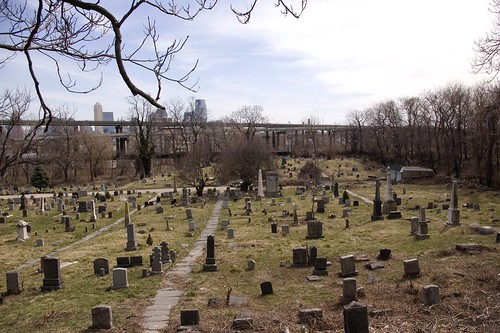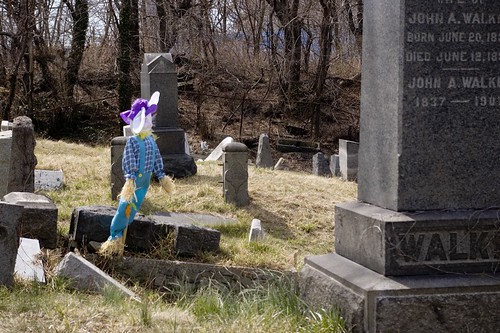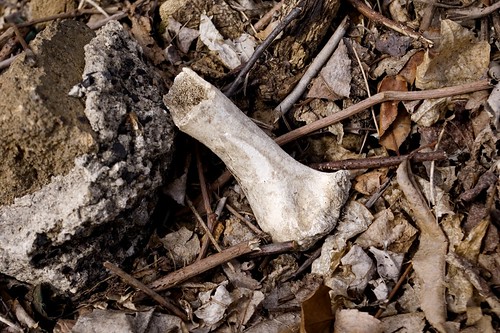A quickie, just to get it out there so I can see it (from January 2015).
I have long believed that a need for order, coherence, patterns, is intrinsic to being human. I suppose I can date this belief to the mid-1970s when I read William Powers, Behavior: The Control of Perception (1973). Under the topic of reorganization (more conventionally, learning) Powers talked of intrinsic reference levels for the (proper) construction of control systems (which I’ve recently recounted in Cultural Beings, the Ontology of Culture, and a Return to Books and Blues). Hays and I included Powers’ notion in our paper, Principles and Structures of Natural Intelligence (1988), and I associated it with Csikszentmihalyi’s notion of flow in Culture as an Evolutionary Arena (1996).
That’s what’s behind ‘beauty’ or whatever it is that works of art are said to have, and for elegance in scientific theory and mathematical proof. And it is, I believe, behind cultural evolution. We must make order of the world; that is the ‘other side’ of anxiety.
But where’d it come from? In our paper on natural intelligence Hays and I associated the need for coherence with the process of reorganization (following Powers) and we linked that to the emergence of vertebrates. That makes it very old indeed. What seems to have happened with humankind is that this rage for order has been set free from merely biological imperatives, has been set from from the tyranny of the present, so that it now ranges over the whole of space and time.
How’d that happen? And when? There is the emergence of human language. That sets cognition free of the present by allowing us to index the past, and thus recall it, and allows us to index the cognitive system itself, thus creating a need to order that index (ontology).
But there is also death (see Cultural Beings Evolving in the Mesh). It is one thing to mourn one’s fellows, as animals do. It is another think to know that you will, at some point, die. How is it that we came to know that? What are the cognitive presuppositions of such knowledge?
Explicit grave sites along with grave goods appear in the human record about 100,000 years ago. I take that as evidence that people have come to know that they will die. It may be the dead that are buried, but it is done for the benefit of the living. It is a way of keeping the living whole.
Somewhere in the nexus of language and death, that is where we’ll find our rage for order. That is what drives us.
Addendum: The order, to be meaningful, must be collective. Language can exist only in a group. Burial rites are meaningful only to a group. This sets up a peculiar dialectic in which “cultural beings” are utterly dependent on the people who participate in them even as the participants are dependent on those same cultural beings. It is through those cultural beings that the individuals experience the order and coherence that is so important to them.
And the sharing of experience is itself a source of pleasure. When experience alone grief, for example, is merely grief. Sharing it transforms it, not into pleasure in any direct sense of the world, but into something that is fulfilling. It’s the sharing that works the transformation. That’s why sad music can make us feel good; that’s why tragedy can be so powerful, so cathartic.
* * * * *
Photographs are of the Jersey City and Harsimus Cemetary and were taken in March 2009.



And a tragedy is cathartic even if we watch it alone—because the sharing is inherent in the form, one might say.
ReplyDeleteAnd you've grown up in a world where parents tell stories to their children, especially at bed time. So for us a story is foundationally something we do with others.
Delete"Sorrow shared is halved. Joy shared is doubled."
ReplyDeleteInteresting ideas! Along with David Bohm, Joseph Henrich, Michael Tomasello, and others an evolutionary biobehavioral theory seems to be emerging. Tim Wu's 'The Attention Merchants' also circles the same ideas. I've enjoyed your blog for several years now; keep it up!!
ReplyDeleteThanks!
Delete